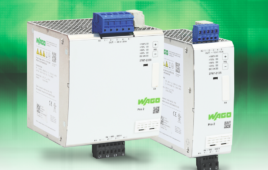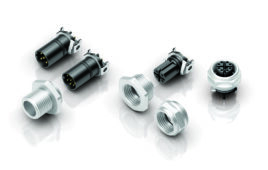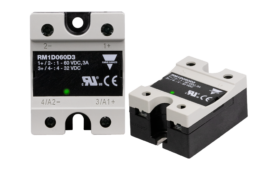Tactile feedback for research and consumer use is growing. The latest device comes from Texas Instruments. The DRV8662 is an integrated piezo haptic driver for mobile consumer and industrial designs. It features an integrated 105 V boost converter, power diode, and 50 V to 200 V peak-to-peak (Vpp) fully differential amplifier, resulting in a 50% size reduction.
With the capability to drive a range of piezo actuator voltages and fast start-up time, the driver helps you create fast, high-definition haptic designs.
“Realistic tactile feedback effects considerably enhance the overall user experience of touch-enabled consumer electronics devices,” said Steve Anderson, senior vice president of TI’s High Performance Analog business. “The integration of the DRV8662 haptics driver makes it easy to include effects like localized vibrations and frequency variations in both touch-screen input devices and those without a touch screen, from mobile phones and tablets to computer accessories, home appliances, and industrial automation consoles.”

Piezo modules enable 1.5 ms start-up time. They have a thin form-factor and high bandwidth, resulting in the production of haptic effects not possible with inertial-based actuators.
Drives piezo actuator capacitances from 50 to 680 nanofarad (nF) at 300 Hz, enable a variety of high-resolution haptic effects, including feedback localized to specific areas of the device, as well as vibrations and pulses that change in frequency based on how the user is interacting with the device.
The transformer-less design and wide supply range of 3.0 to 5.5-V with direct battery connection reduces solution size and cost. Thermal overload protection prevents damage when the device is overdriven.
The driver can be used with the OMAP™ family of processors in touch screen-enabled devices, such as handsets. The processing power of the OMAP devices, coupled with the high-definition haptic effects enabled by the DRV8662, significantly improves the user experience.
Texas Instruments
www.ti.com
::Design World::
Filed Under: Actuators, Appliance engineering + home automation, Semiconductor manufacture, ELECTRONICS • ELECTRICAL





Tell Us What You Think!